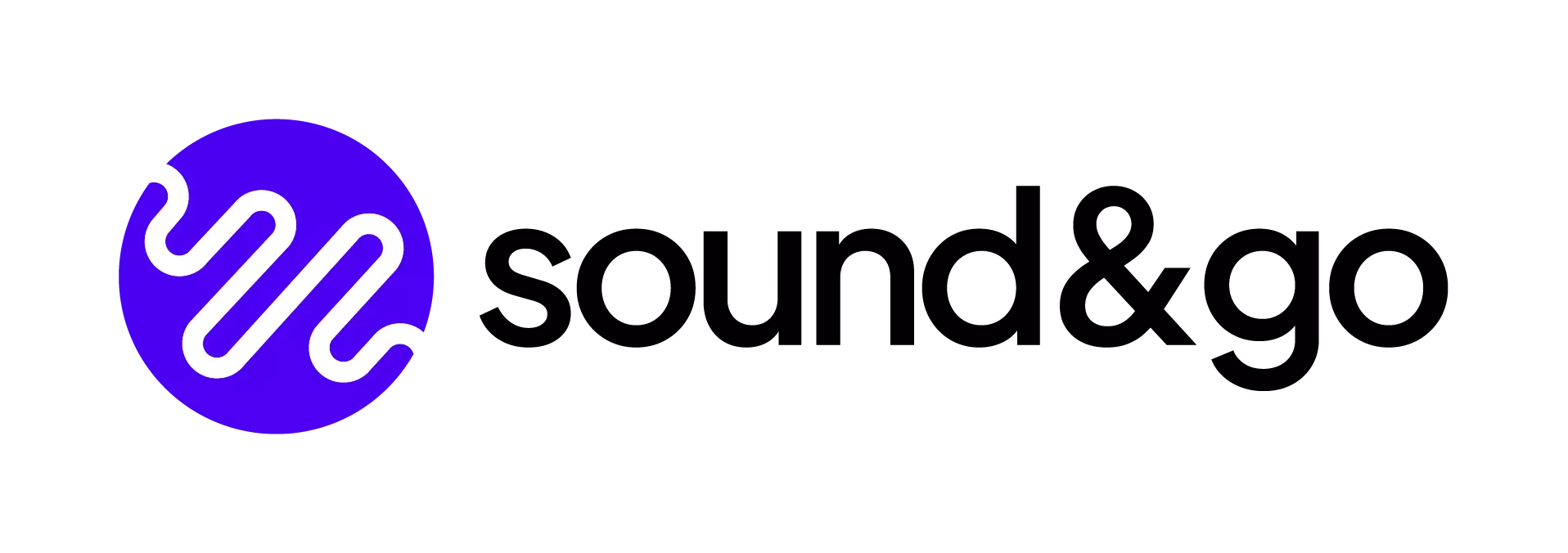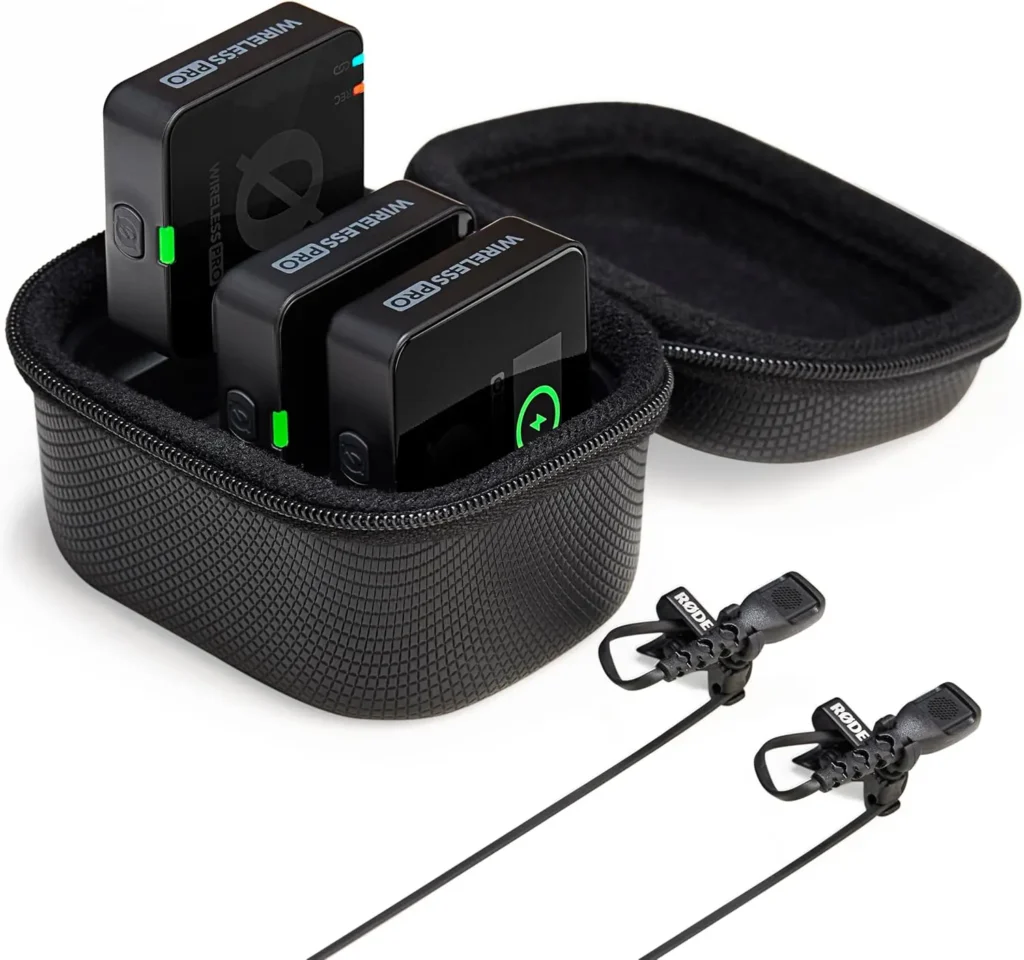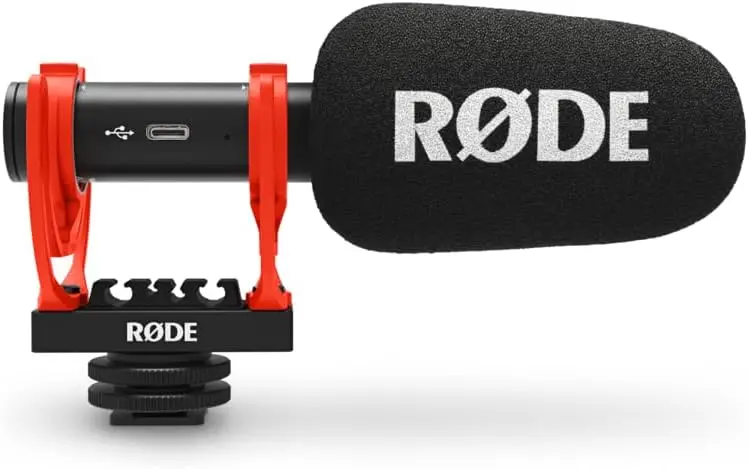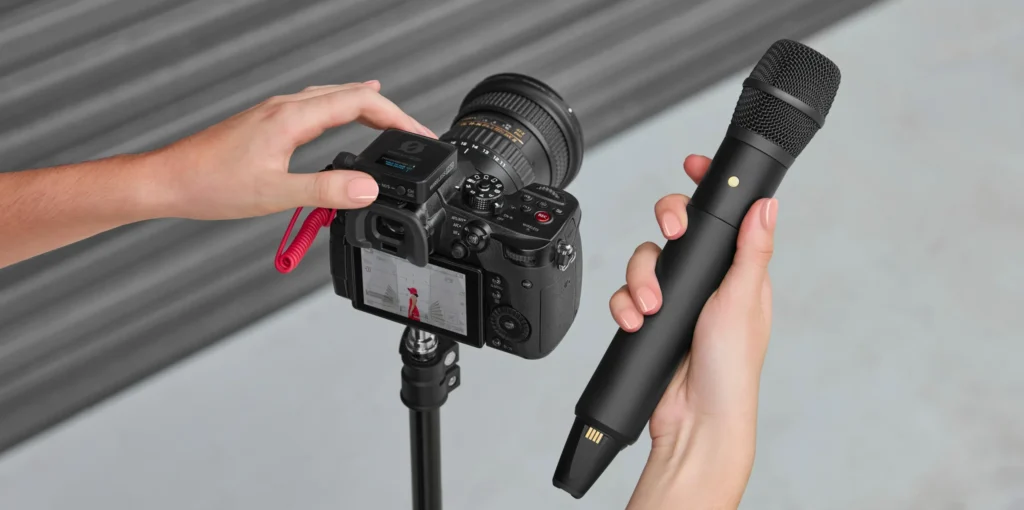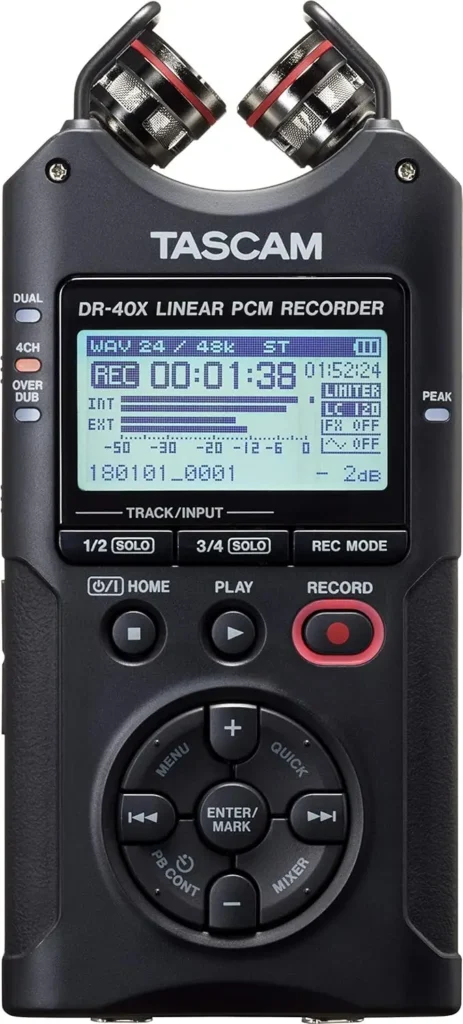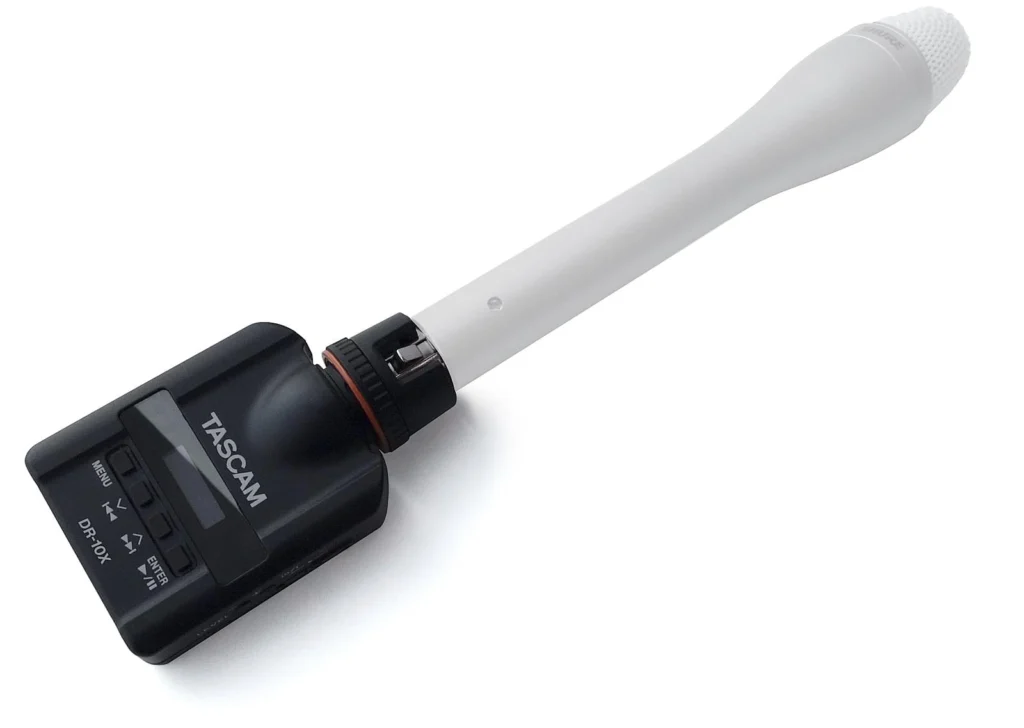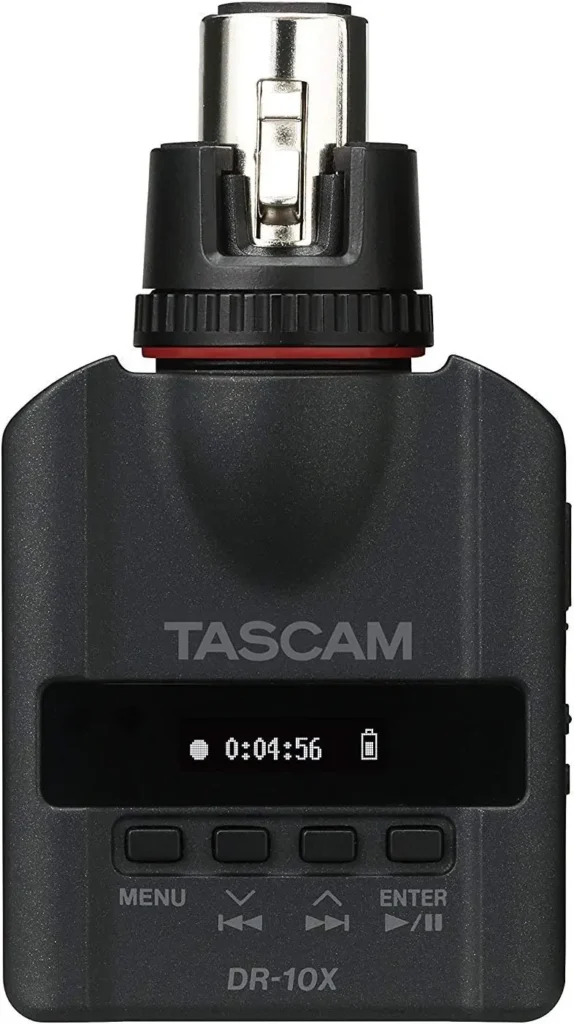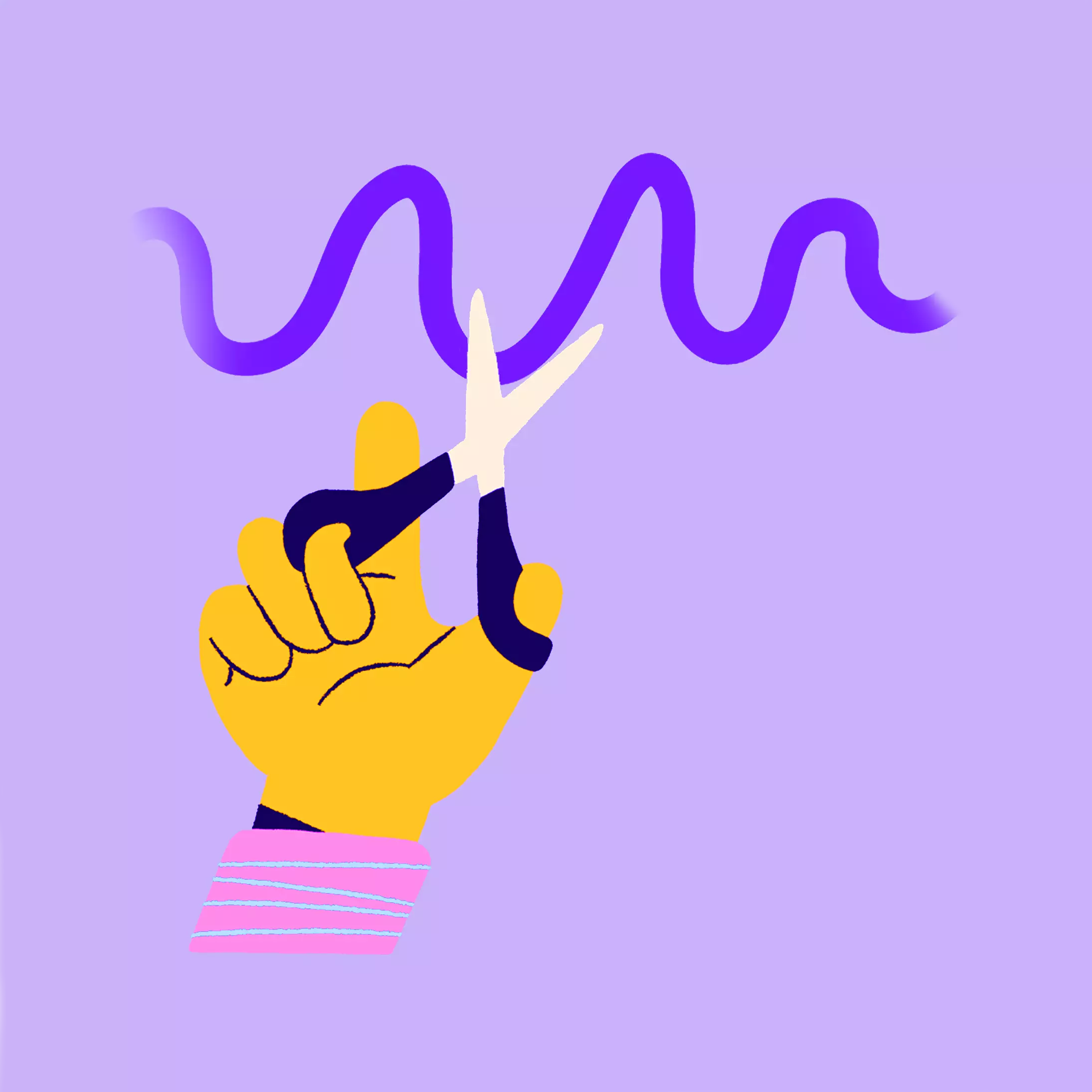The best microphone for interviews for your reportage - Best interview microphone: Shotgun, handheld or lavalier?
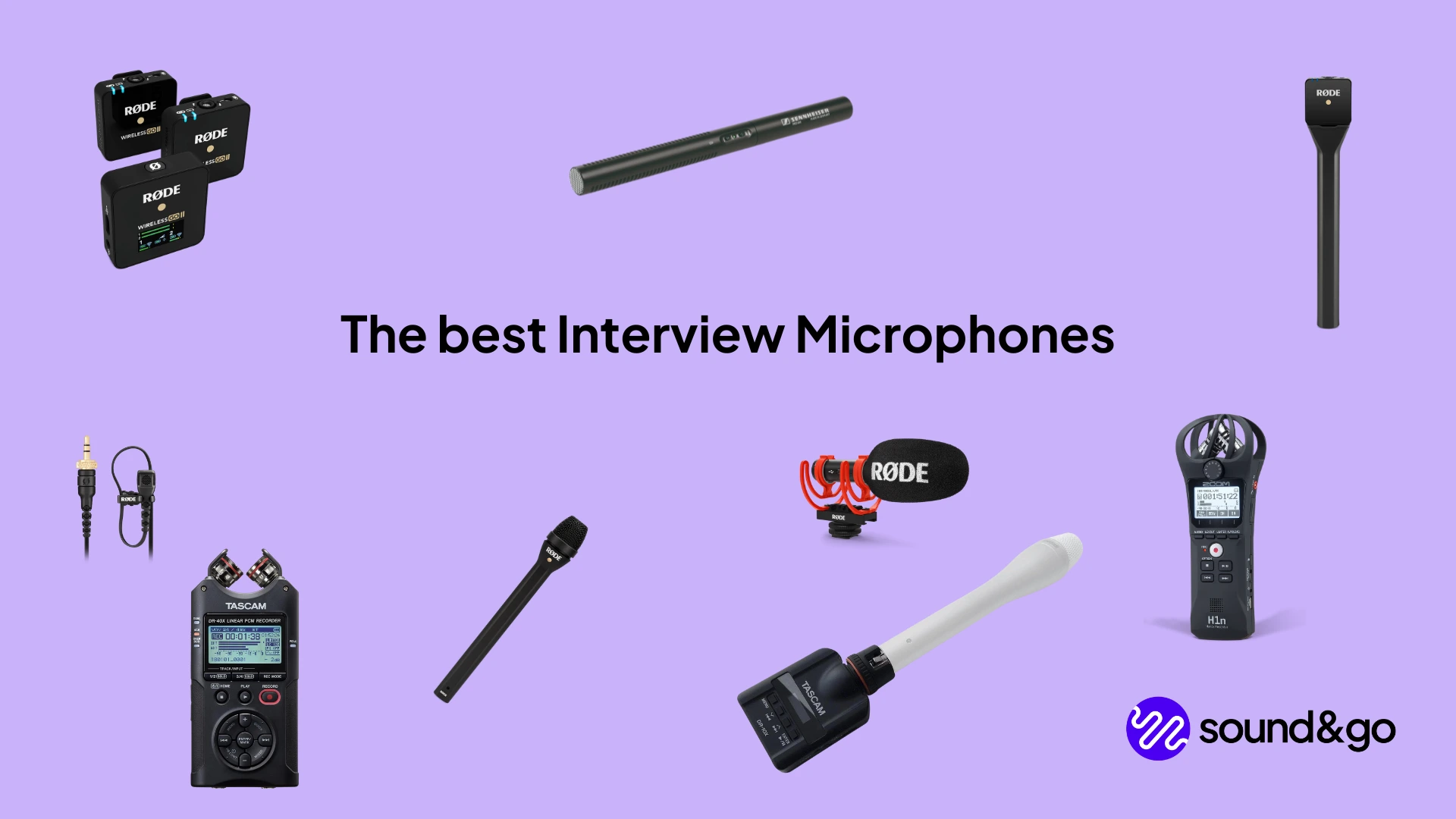
TL;DR: Our recommendations
- Use our affiliate links and support our work.
Our website is free of advertising banners and we state transparently when we have been sent a product. By purchasing from our affiliate partners you do not pay more and support us. Thank you!
The best interview microphone for reporters - What you should bear in mind
Not all interviews are the same. It depends very much on your recording situation which mic suits you best. If you are recording a podcast interview, for example, then we recommend a YellowTec Podcaster or a handheld mic with recorder. However, if you are recording video, then we recommend a Wireless Go or a shotgun microphone (if the person is not moving)
You should also make sure that you have adjusted the microphone to the correct level. This ensures that the sound is not overdriven and distorted and therefore unusable. The YellowTec iXm and Podcaster* have the LEA engine for this purpose. Overmodulation or Clipping is not possible here! The same with the Interview Pro, because it has 32 bit and GainAssist technology.
The connection: XLR, USB, iPhone or wireless?
Which mic you use for interviews is up to you. There are several solutions for getting the sound into your smartphone via an adapter using a USB-C or Lightning connection. Wireless solutions can also work, but are again a higher risk, as dropouts can occur. An XLR cable is safe, but relatively thick and unwieldy. In the following we present almost all solutions!
This might be interesting to you
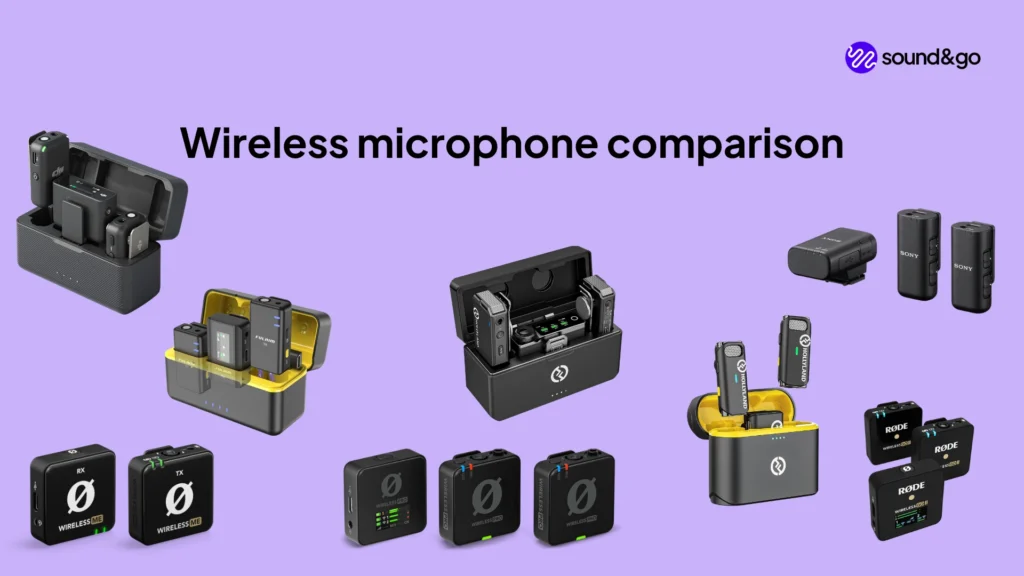
The best wireless microphones
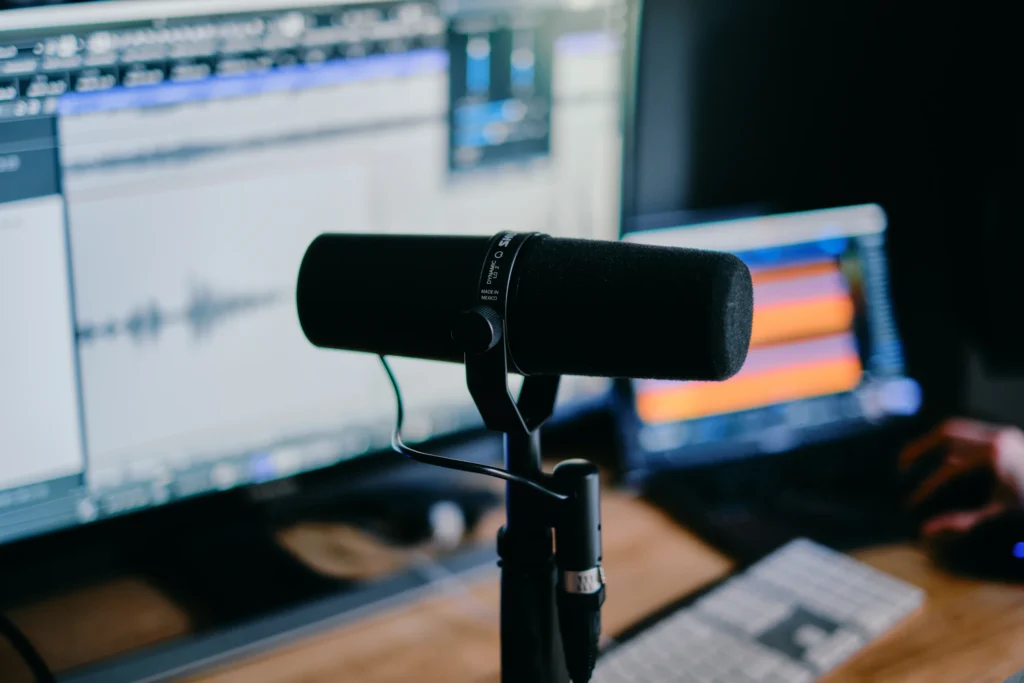
How to remove background noise from audio files
The latest solution: The Rode Interview Pro
The wireless Interview Pro from Røde is pretty new. It can be used for internal recording as well as with Røde’s wireless range (all models except the older Wireless GO I). It is therefore extremely flexible and, thanks to 32-bit float and Auto Gain Assist, very reliable in terms of recording quality and overload protection. With the price of 289€, you can’t go wrong, and it also has the classic shape of an interview microphone and a foam that helps against light wind noise and slight pop noises. A smart novelty!
You’ll find more information in the Røde Interview Pro Review.
The smart Solution: The Rode Wireless Me with Interview Go
A solution that we have rarely seen before, but we still think it’s very smart! The Wireless Me has a transmitters with an integrated mic and a receiver with a mic. As a presenter, you can attach the reciever to your collar and place the second microphone in the Interview Go* holder and always point this microphone at the interviewee. With these two microphones, you always have two good and separate sound sources!
In addition, you no longer have the problem of always having to point the mic at the person who is speaking. However, the risk of clipping remains if you don’t adjust the microphone correctly. But with the iOS and Android app, this shouldn’t be a problem.
Also take a look at our blog article on wireless microphones!
The compact solution: The Tascam DR40/Zoom H1N portable recorder
A classic interview microphone is a cell phone recorder, a so-called deadcat is quickly pulled over it and it is immediately ready for use and records to an SD card. The premium solution here is the YellowTec iXm mentioned above, but there are cheaper solutions with the Zoom H1N* and the Tascam DR40*. The only disadvantage is that the recorders record in stereo, but the voice should always be mono, as a stereo image tends to be distracting. However, both channels can be converted to mono in a DAW (Digital Audio Workstation).
These cell phone recorders are good for outdoor interviews as they are robust and quick to record.
The invisible solution: Rode Wireless Pro
This allows you to get the audio signal into your camera or recorder virtually invisibly. As mentioned above, you need a reliable wireless link, such as the Wireless Go II* and a lavalier microphone*. We linked the Wireless Pro, because it has all the mics and accessories integrated. You can then tape this to yourself and your interviewee under their clothing. Make sure that the microphone does not rustle under your clothes! Make a few test recordings where you move around and see how the mic behaves. Of course, you can also stick the microphones directly to the outside of your shirt, which looks more professional than a large Wireless Go, for example. Lav Mics are often used in pro audio situations, such as tv shows and movies, they can sound great! The Røde Wireless products have adapters, which let you record with into your 3.5mm TRRS Input of your DSLR Camera.
The video solution: Shotgun Microphone for Interviews
This is the solution with the best sound quality, it is not for nothing that these shotgun microphones are in daily professional use. You can counteract wind noise with wind baskets and deadcats and always point the shotgun mic at the person, who is speaking with a boom operator (shotgun mics are often called boom mics, if they are mounted on a boom pole). They can also be used indoors.
If this is not possible, you can also use a mic stand. However, be aware of the directional effect! You must point a microphone with a hypercardioid polar pattern at the sound source, so it should only be used for sit-down interviews! The polar pattern reduces ambient noise as it is not picked up as strongly. The Rode NTG1* (220$), the Sennheiser MKE 600* (250$) and the Sennheiser MKH416 (999$, but pro audio industry standard) microphones are great choices in this category.
If you need an on-camera microphone that is highly directional, check out the Rode VideoMic Go II* (100$).
The XLR cable Interview mic solution: The Rode Reporter Mic
The Rode Reporter* is an omnidirectional microphone that can be plugged into a recorder or camera as a classic microphone via XLR. It is quite unobtrusive as you don’t have to wire anyone up and works like a classic microphone. The disadvantages are that you only have one microphone, which must always be pointed at the sound source. In addition, you only get a microphone with an XLR connection, without volume control or anything else
The flexible solution: Tascam DR10-X
The Tascam DR10-X* is simply an audio recorder. You can plug it into an XLR mic of your choice and record directly. The device runs on AAA batteries or a USB cable as power supply. However, it is only compatible with microphones that do not require phantom power! Condenser microphones are therefore unfortunately not suitable for this application. If you already have a good condenser microphone, you can also plug it into a Tascam DR-40 or a Zoom H4N, which have phantom power!
Accessories: Always pick up mobile with wind protection / Deadcat
If you are out and about, it is worth using a windscreen from the very first recording. Wind that reaches the microphone diaphragm unhindered is not only annoying, it can also make recordings unusable! This applies not only on windy days, but every day. The windscreen should match your mic; many providers also have pop filters that act as a bit of a windscreen, on which you can print your own logo.
Handheld, wireless podcast or reporter microphone: The best microphones depending on the situation!
Take a look at your recording situation and choose which of the above solutions suits you best!
Do you have problems with background noise? Take a look at our article: Microphone background noise removal. If you can’t get enough of mics, we also have an article about the best podcast microphones
Links marked with * are affiliate links. There are no additional costs for you, some of these links are with an automatic discount for you. We mark these links for transparency and would never recommend bad products. Find out more here: Our partners.
